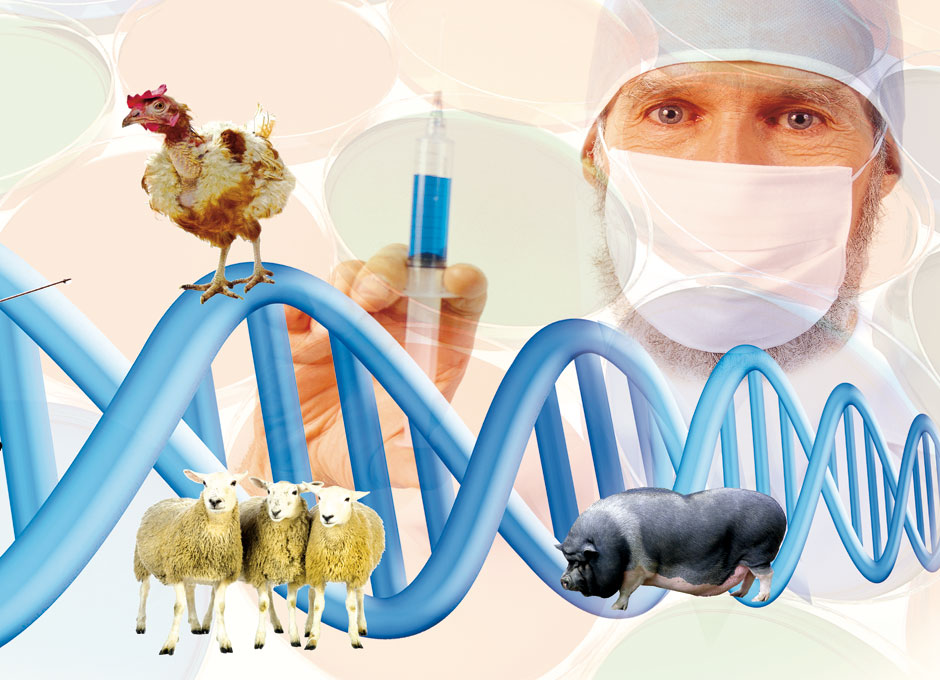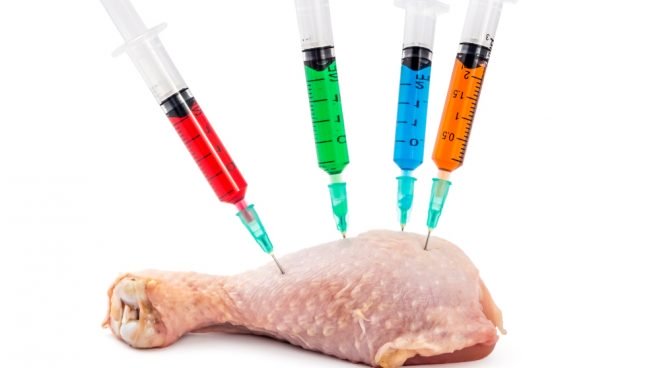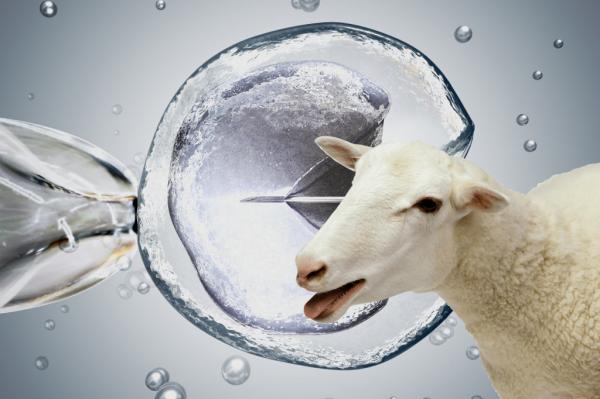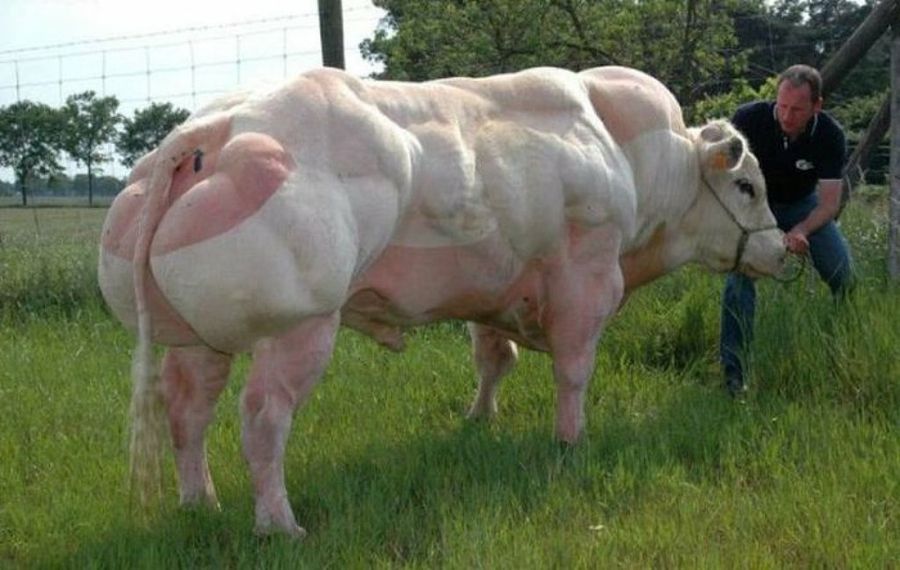Discover in this article everything about transgenic animals, a term that is not usually heard but that is becoming very important today, learn what they are, their advantages and disadvantages, various examples and much more.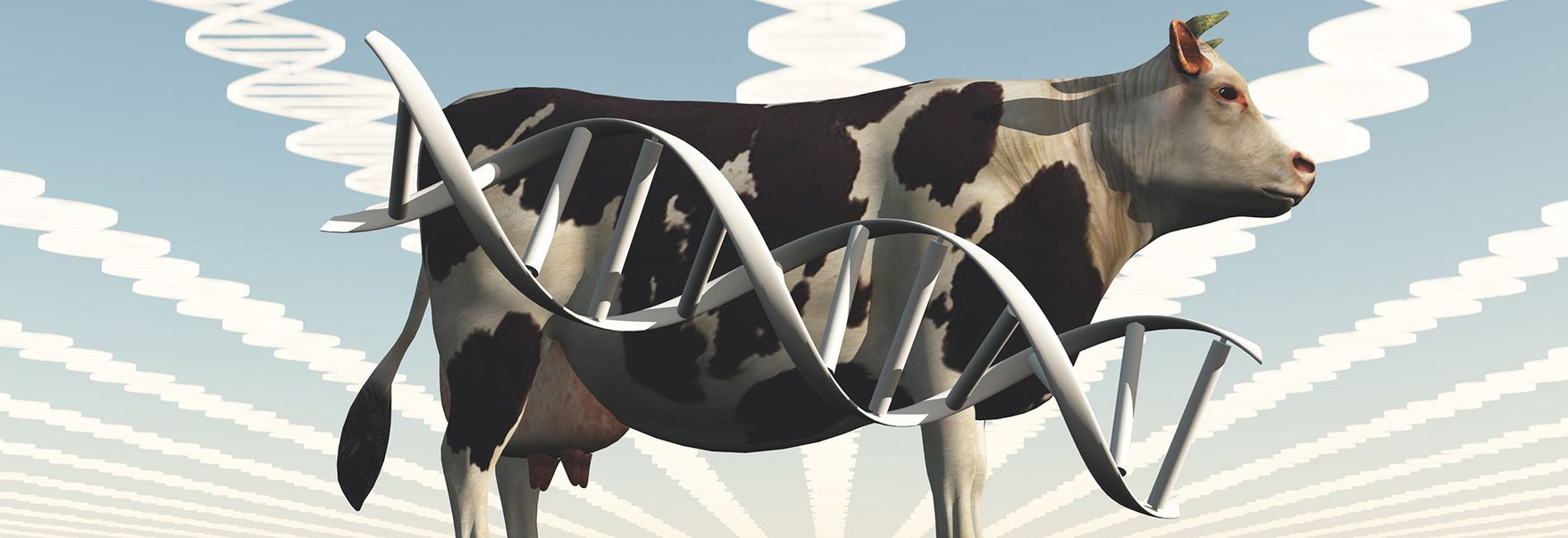
Meet transgenic animals
It is considered that in recent times this has been one of the most significant advances and that in the scientific area it is expected that it may soon mean advances for humanity, that it will change the course of many aspects, cloning animals is now a fact that higher profits are expected in the not so distant future and that work with animals become paramount.
This fact can be used in countless areas of medicine and biology, but technology is not far behind; there are a large number of human conditions that have been able to disappear through the use of this genetic tool.
But what are transgenic animals? Well, they are simply those in which some modification of their genes has been made; This can not only be done in cows, donkeys, mice and other animals, but human beings could also be part of this advance and be manipulated through their genes, even the data reflects that it has already been done.
The animal that has been tested the most has been the mouse, which has accepted any number of tests and in all has come out positive and given good results. It is important to note that the genome of this animal is very similar to that of the human being.
How to obtain a transgenic animal?
Through the genetic modification of animals, through different applications, they can be improved to breeds that today are considered domestic, but can also be used for medicine factories, this type of modification can be carried out in two different ways, such as:
- Some genes found within the animal are deleted or altered, in this way these changes will be transmitted to their offspring and these to the rest of their descendants.
- Make the transfer of genes to an animal through the same species or on the contrary from a different species.
- The first attempt at this change was made only forty years ago, that is, in 1980, using a mouse; then in 1982 they used the growth genes of rats, the result of this was that growth occurred more quickly and in this way it was verified that this type of gene change could be made from one species to another.
In this way, this useful tool was created, through specialized laboratories, where the study of the physiology of animals was the basis for obtaining this type of animal.
What is transgenesis?
This is the procedure that is carried out to be able to transfer all the necessary genes, either RNA or DNA, from one animal to another, the one that receives this transfer becomes a transgenic animal, but not only this one, but all their offspring will also be classified as such.
It is important to emphasize that not all genes are transferred, but only several, which are not used at random, but, on the contrary, selected precisely and for selected purposes, which are subsequently extracted and isolated.
Currently it is also used to modify plants, the methods can vary, sometimes it is done by means of viruses and bacteria, but in other cases it is by means of gene guns; then we proceed to carry out the study of the changes that are generated from the introduction of that gene or those genes.
Through this new technology, it will allow modeling conditions in people, but through animals, in order to study biologically and carry out possible therapies or medicines that later become the perfect treatment for multiple conditions, which today may not have a cure. , or that cure one organ and affect another.
What uses do transgenic animals have?
Its use is multiple and with the passing of time it will be used in many more areas than those known to date; Since its inception, this advance has allowed specialists to carry out multiple investigations that currently lead to unprecedented benefits.
It has been possible to transform the animal at the genetic level and thus strengthen its immune system, which could attack many diseases and prevent others in the future, since it becomes more resistant and stronger; which has also been observed that in certain cases it is transmissible to their descendants.
Another use is the fact that hormones have been implemented, which fulfill the function of accelerated growth, that is, they grow much more and in less time. But this does not stop here, but at the therapeutic level it is also used, but in what way? It is used in the advancement of treatment of conditions and the creation of a large number of medicines, isolating the gene that creates the condition and placing it to the animal.
Through this other, it has been possible to create insulin, xenotransplantation, so that animals can be organ donors; another use is to test vaccines and other products before they are used in people.
Example of transgenic animals
Surely you want to know examples of this form of research and change that has been studied for some years and that is having a greater impact on society, within medicine and commerce.
Some examples that can be mentioned that are very significant are:
- In the year 1952, the first cloning was carried out, which was the first attempt, which later led to the achievement reaching years later, in 1996, with the cloning of Dolly, being a sheep that became very famous, since it was the first to be dubbed through a technique called "cell nuclear transfer."
- Another example is the one carried out in Japan, a place where two cows were cloned thousands of times, with the intention of making improvements in the meat that would be consumed by people, these were called Noto and Kaga.
- At the end of the 1998th century, in XNUMX, a goat was the one that managed to produce through its organism drugs of great benefit to people, which had been cloned.
- By means of another animal, the ombretta mouflon, it was sought that through its cloning its species would be prevented from disappearing, since it had been declared an endangered species.
Its advantages and disadvantages
Today there are many people who do not fully support this practice, perhaps due to lack of knowledge in the area or perhaps precisely because they know how it works and simply be offended by the use of animals, in experiments that could cause a decline in their lifestyle .
However, it should be noted that there are laws that prohibit the use of animals in certain aspects, especially if they will be sacrificed, if they will cause them physical pain or if they will considerably change their natural lifestyle; Here are the advantages and disadvantages of this procedure:
- Help in scientific research
- Benefits in animal production and health
- Advances are made in diseases and their respective treatments
- medicines are created
- Possible organ donation
- The extinction of many spies is avoided, by means of genetic banks.
- May put native species at risk
- Provoking allergies through protein
- Results may be erroneous because the gene may be indeterminate
- Use of live animals, which may fail in ethics.
What are your applications?
Through engineering, by transforming these animals at the genetic level, it is possible to apply it for different objectives, among which we can mention:
- It facilitates the search, characterization and isolation of those genes that are important for genetic demonstration.
- In addition to that, it also allows the creation of models of conditions that tend to constantly affect human beings and thus be able to create new drugs and medicines to treat these diseases.
- Another extremely important application that is gaining great value today is the fact that it serves as a source for the creation of tissues and organs that can be used in human transplants.
- Molecules are created that are of benefit to industries
- It gives higher quality to cattle and other species that give greater importance within the economic sector.
As has been seen, its greatest application is in terms of human treatments, so medicine has been greatly benefited in this area and has made various advances that in the long term can mean the new technology and not only in the area of medicine but in commerce and others.
For human consumption
It is important to note that there is currently no transgenic animal that is suitable for consumption by people, however, there is research that seeks to answer that question.
Salmon have been created, through US companies, that are larger than normal and grow much faster, and the export of non-fertile eggs from Canada has been allowed, but it is not authorized for human consumption.
